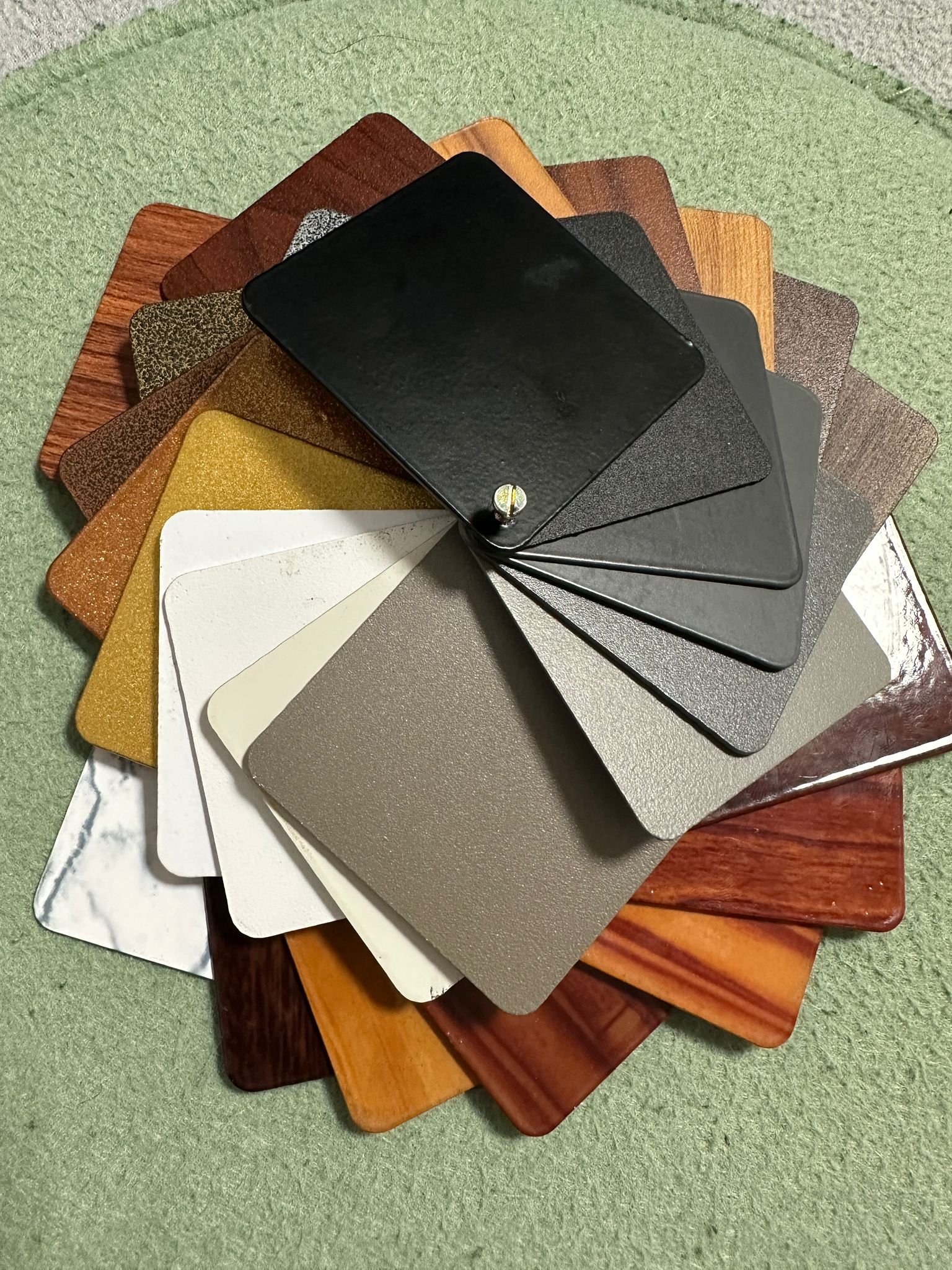
What is stainless steel? Material introduction
Stainless steel (SUS) is a material that is particular resistant to rust and is generally used in a wide range of applications. However, for mechanical designers, it’s a material that requires careful attention, and many may have had some painful experiences with it. In this guide we aim to dive deep into understanding what is stainless steel, its types and characteristics.
What is Stainless Steel: Main Types
Stainless steel is a type of steel with a carbon content of less than 1.2% and a chromium content of more than 10.5%.
Stainless steel comes in various types based on the material composition and on the different heat Stainless steel is a type of steel with a carbon content of less than 1.2% and a chromium content of more than 10.5%.
Here are three main types of stainless steel introduced:
Martensitic Stainless Steel
Martensitic stainless steel contains 0.1-0.4% carbon and 12-18% chromium. Through heat treatment it forms a martensitic structure, resulting in high hardness. One drawback is its lower corrosion resistance, and when iron or other substances adhere to its surface, it can develop surface rust. Besides being used for components that require high hardness, it is also common in parts exposed to high temperatures.
Austenitic Stainless Steel
Austenitic stainless steel is a type of stainless steel that contains less than 0.15% carbon, 16-20% chromium, and more than 8% nickel. Austenitic stainless steel is known for its resistance to rust, thanks to its chromium and nickel content. It also exhibits high heat resistance. However, its hardness is lower compared to martensitic stainless steel. When exposed to chloride ions, it can develop stress corrosion cracking.
Ferritic Stainless Steel
Ferritic stainless steel, generally does not contain nickel and is less prone to corrosion. It also resists stress corrosion cracking from chloride ions and exhibits magnetic properties similar to common iron. However, its corrosion resistance is lower compared to austenitic stainless steel. Ferritic stainless steel is known for its affordability as a material and reasonable weldability. As a result, it is used in various applications, including architectural fixtures and household items.
Advantages of Stainless Steel (SUS)
Rust Resistance
Stainless steel is highly resistant to rust and corrosion. Unlike iron, which oxidizes when exposed to oxygen, stainless steel contains chromium, which quickly forms a thin chromium oxide film upon contact with oxygen. Even if the surface is scratched or damaged, the film regenerates almost Faster ly, ensuring continued resistance to rust. Additionally, stainless steel exhibits good weather resistance and can withstand exposure to polluted air.
Heat Resistance
Stainless steel possesses remarkable heat resistance, maintaining its tensile strength up to 500°C. Beyond this temperature, its mechanical strength starts to decline. Martensitic and ferritic stainless steel types, in particular, experience significant drops in strength beyond 500°C. Moreover, stainless steel has low thermal conductivity, making it an ideal material for thermos flasks used to keep beverages hot.
High Stiffness
Thanks to the addition of carbon, stainless steel generally boasts higher strength compared to regular iron, although the exact strength can vary depending on factors such as heat treatment (quenching) and elemental composition. In mechanical component design, stainless steel is often used in areas requiring high strength.
Summary
Stainless steel is widely used in various applications, including mechanical components, household items, and construction materials. Its most significant advantage is its resistance to rusting. Additionally, it offers high strength and low thermal conductivity.
However, it’s essential to be cautious in design and processing, as stainless steel can have drawbacks like high friction and work hardening during bending.
Understanding both the advantages and disadvantages is crucial when using stainless steel. It’s a versatile material suitable for both prototypes and mass-produced items.





